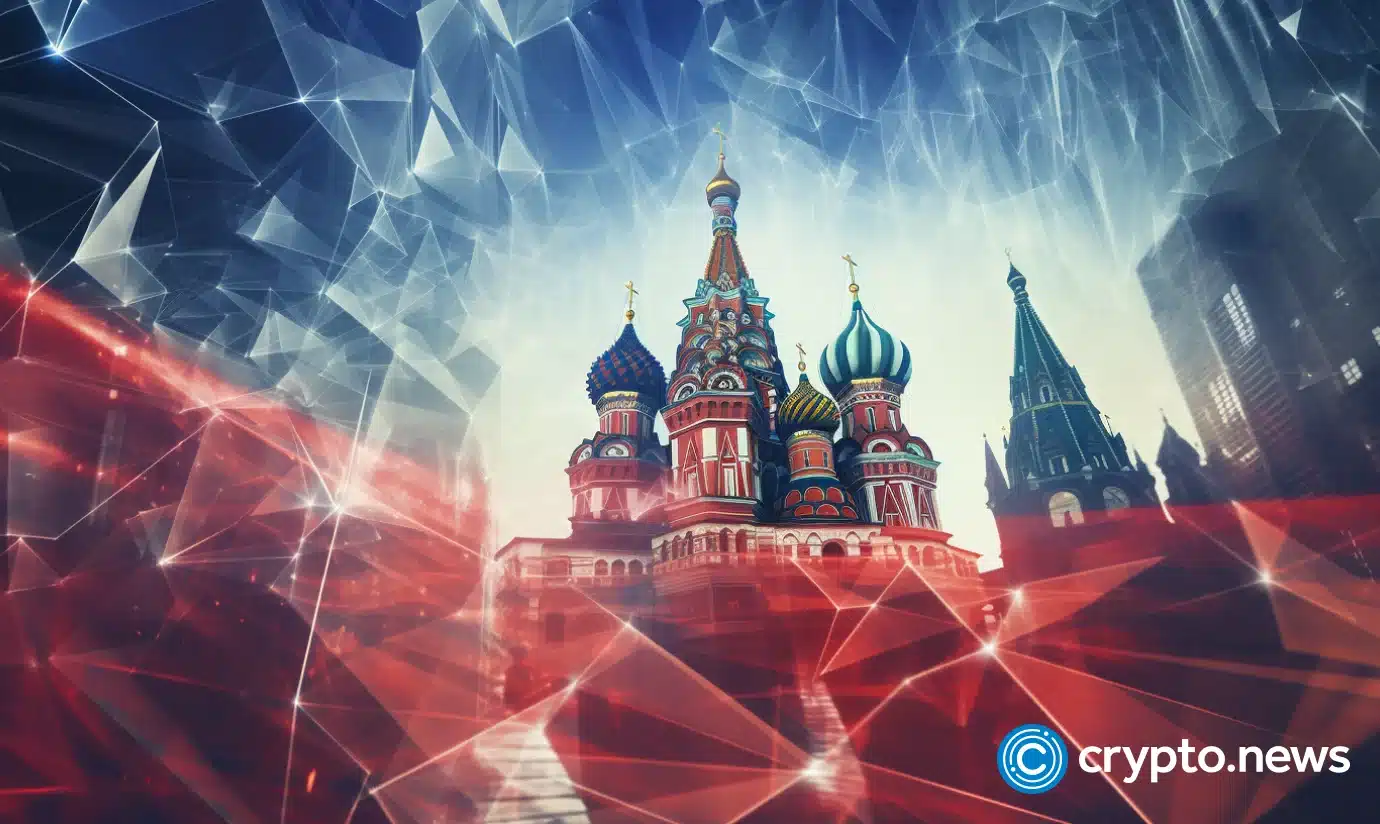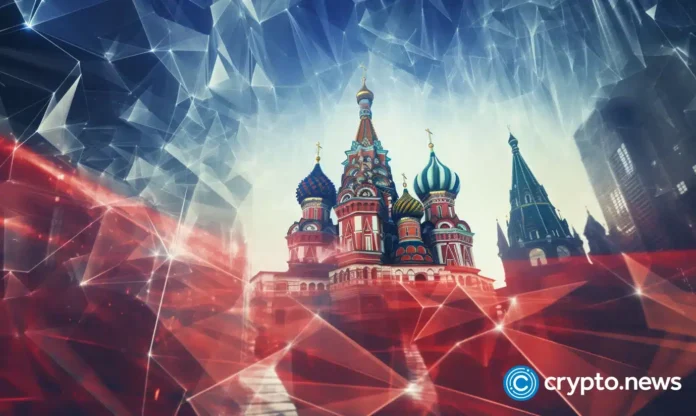
Several cryptocurrency-related news stories from Russia dominated the first weeks of March. Some indicate the sector’s ongoing development, while others point to weak spots that require more action. Let’s examine them to see if the Kremlin will embrace crypto.
Crypto investment testing
The current status of crypto in Russia is far from loose—residents are allowed to buy and hold crypto, but they cannot pay with it. Crypto holdings are subject to taxation. Also, crypto mining is allowed and regulated but temporarily banned in select regions.
On March 12, the Bank of Russia offered to allow a limited number of “particularly qualified” investors to buy and sell cryptocurrency. The investors who fit the status earned over 50 million rubles (over $584,000) in the previous year. They may also have deposits above 100 million rubles (nearly $1.17 million). Crypto trading will also be available for corporate investors.
Media outlets lauded this move as a crypto-friendly proposal. However, it’s worth noting that the Bank of Russia offered to explicitly ban deals in crypto between the residents for all the categories of Russian citizens who don’t fit the criteria of the qualified investors. Therefore, it provides some freedom in trading crypto for the multi-millionaires and effectively bans it for all the rest.
Currently, it is hard to estimate whether this proposal will be adopted and how repressive the law’s administration will be.
Russia’s oil trade with India and China
For years, Russian President Vladimir Putin has been discussing de-dollarization. Occasionally, there’s talk that the Chinese yuan could replace the dollar, but strict capital controls present limitations.
However, as the pressure from Western sanctions grew and various connections were cut, Russia leaned on Bitcoin in international trade to dodge sanctions.
On March 14, Reuters reported that Russia uses Bitcoin, USDT, and Ether in the oil trade with China and India. The goal is to avoid hurdles associated with sanctions and ease conversion between the Russian ruble, Chinese yuan, and Indian rupee.
Sources told the news outlet that even if the sanctions are lifted, the use of digital assets is not expected to stop, as cryptocurrencies have smooth operability.
Last summer, Russia introduced a bill encouraging businesses to use crypto for international trade to bypass Western sanctions. Currently, only a small share of oil traded by Russia is sold for crypto, but the volume is increasing.
This news demonstrates that the legislative background created by the Kremlin appeals to business not only as a way to bypass limitations implied by sanctions but also as a convenient trading tool. Will the government allow the broader usage of crypto? It’s hard to say, given the Kremlin’s cautious approach to crypto in the past.
Garantex vs Tether
While Russia uses Tether’s USDT to dodge sanctions, Tether itself is trying to demonstrate its dedication to following them. One example is Tether freezing all the USDT on the big Russian crypto exchange Garantex, which is sanctioned by Europe and the U.S.
The stablecoin operator effectively disabled Garantex’s functioning by freezing $27 million worth of USDT on Mar. 6, around a week after it was sanctioned. The exchange called it “a war on the Russian crypto market” and halted all operations for an unnamed period. The exchange offered to solve issues with each client personally in the exchange’s office. The U.S. sanctioned Gatantex much earlier–in April 2022.
Earlier, Binance announced its plans to delist USDT (alongside several other stablecoins) for users from European Economic Area countries, as USDT doesn’t adhere to the new MiCA rules that regulate stablecoins in Europe. Tether’s future becomes increasingly unclear as stablecoin regulation in the U.S. and Europe changes.
Such bold action as freezing millions of USDT on sanctioned Garantex is probably an attempt to regain the reputation of a law-abiding company in a time when stablecoins, especially USDT, are subjected to increased scrutiny. It’s worth saying that many other exchanges still provide services to Russian residents. According to the Global Ledger investigation finalized on March 13, Garantex resurfaced as a new exchange called Grinex.
Digital Ruble launch postponed
Finally, we have learned the reasons behind the postponement of the Digital Ruble launch. Unlike the U.S., Russia is not going to miss an opportunity to have a national CBDC that gives the government a new tool for surveillance over its citizens.
The Digital Ruble should have been launched in the summer of 2025, but the plans changed. Currently, there is no distinct date for the CBDC launch.
Finally, we have learned the reasons behind the postponement of the Digital Ruble launch. Unlike the U.S., Russia is not going to miss an opportunity to have a national CBDC that gives the government a new tool for surveillance and pressure over its citizens. The Digital Ruble should have been launched in the summer of 2025, but the plans changed. Currently, there is no distinct date for the CBDC launch.
According to Vedomosti’s March 14 report, the postponement was caused by the technical inability of around 30% of banks to work with digital currencies. Only 20% of banks signaled their readiness for launch. However, Russia is not going to reject its CBDC plans.
On March 17, it was reported that the pilot testing will take place in the Tatarstan region of Russia in the second half of 2025.

